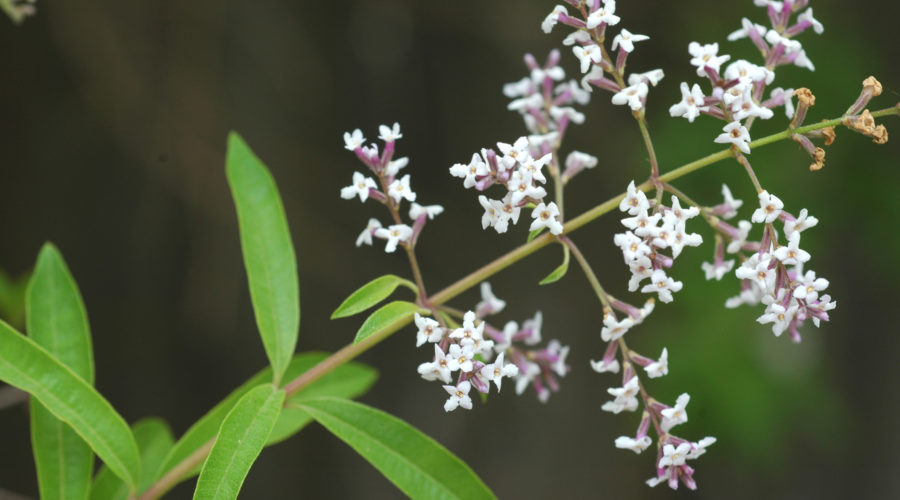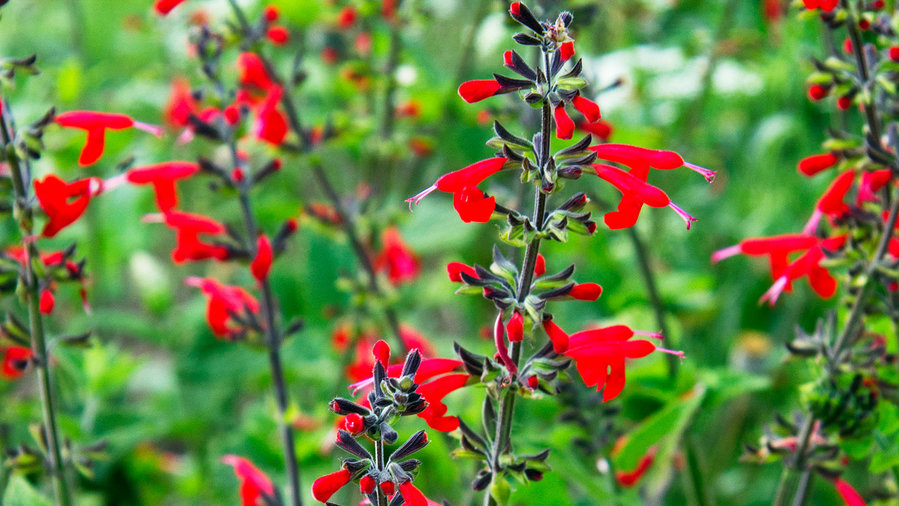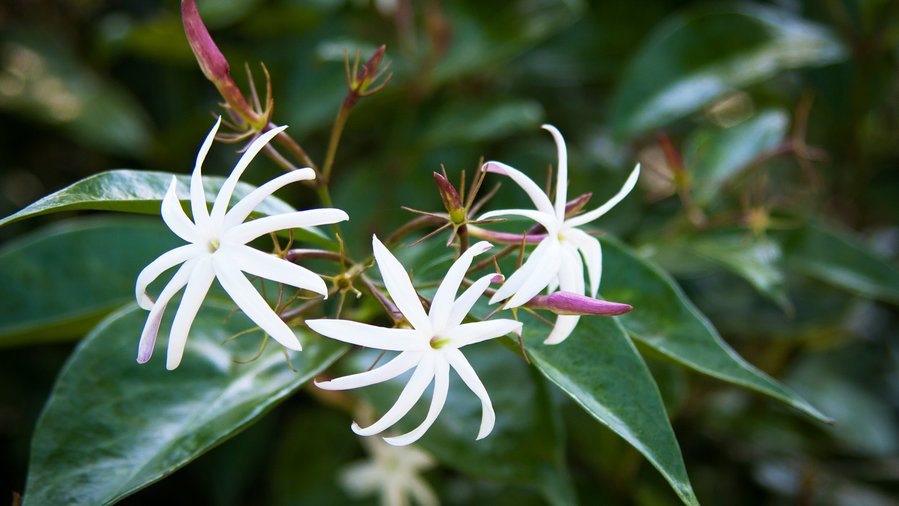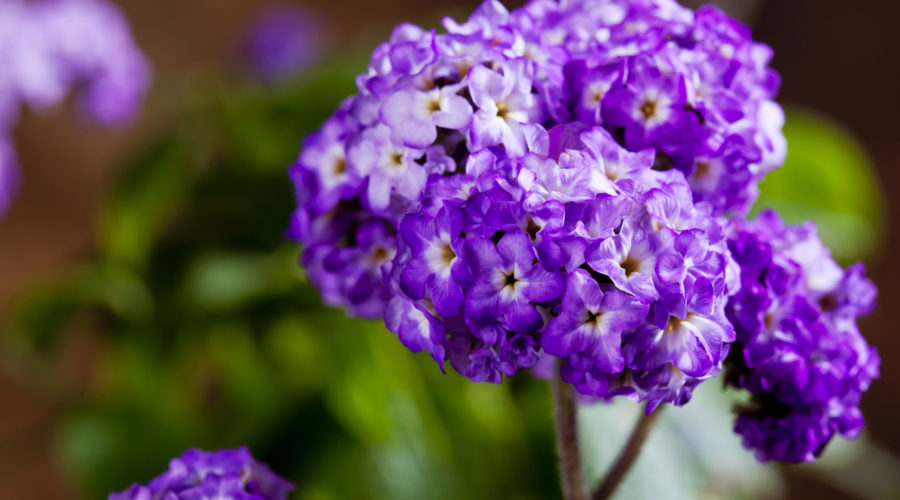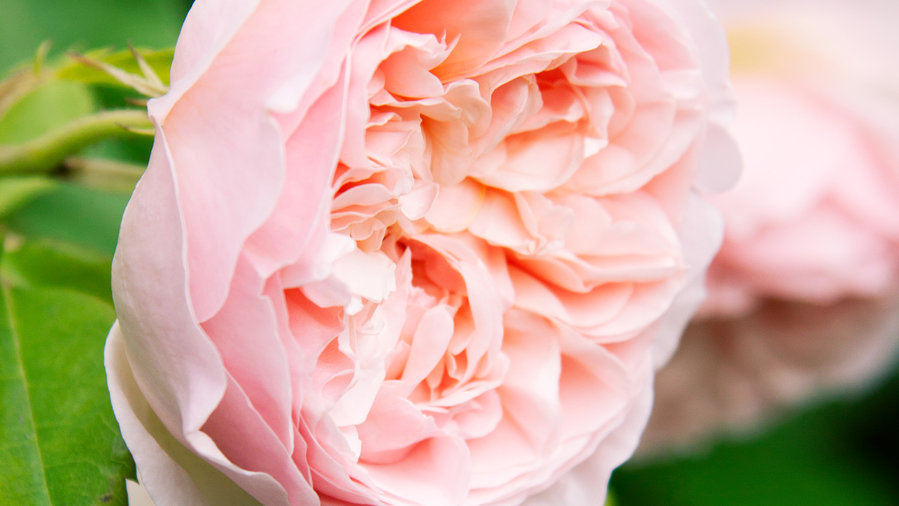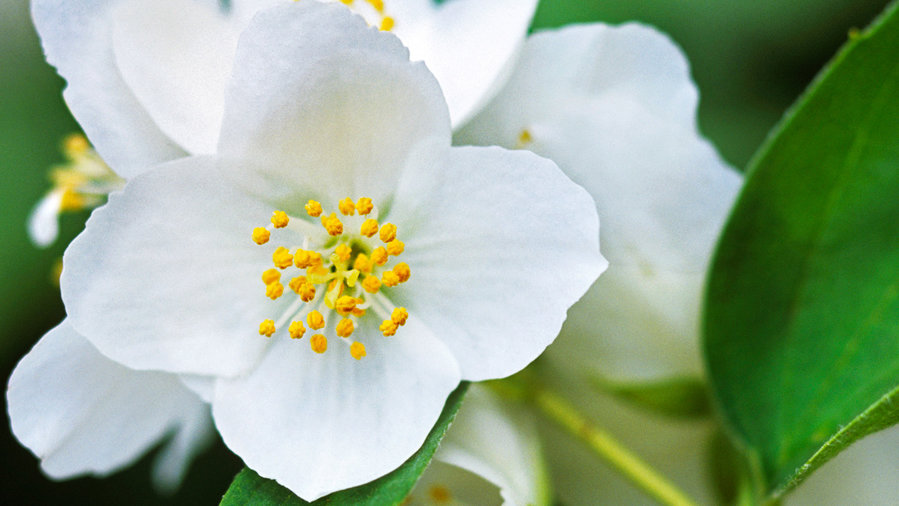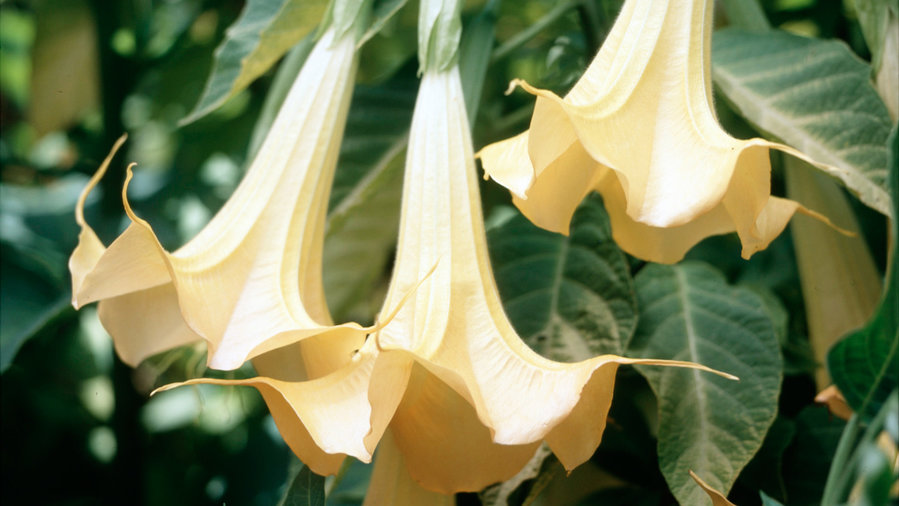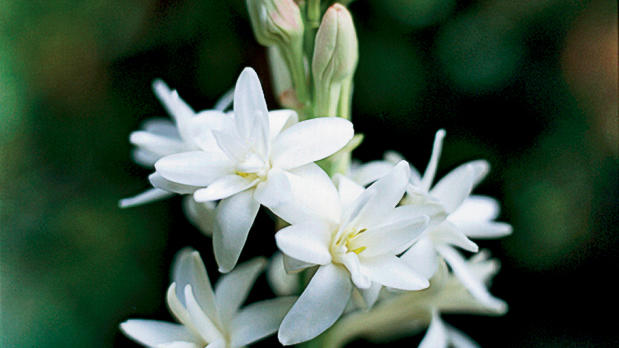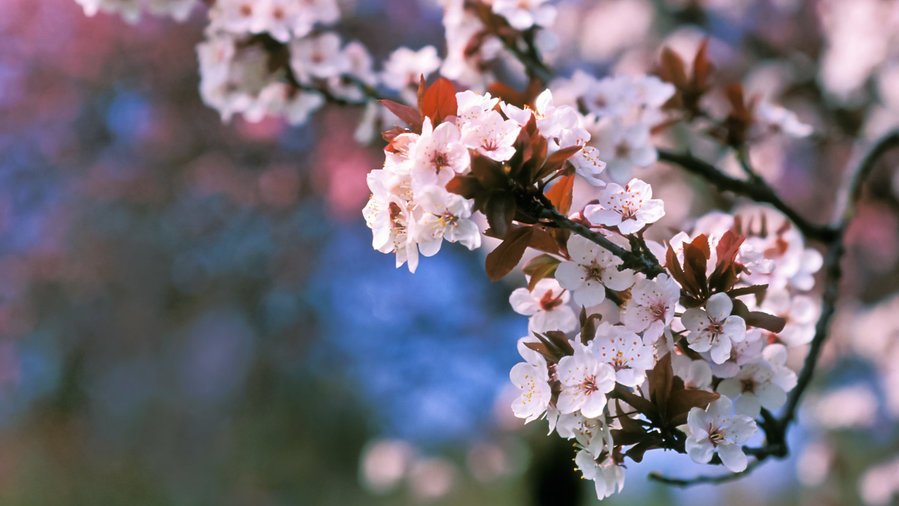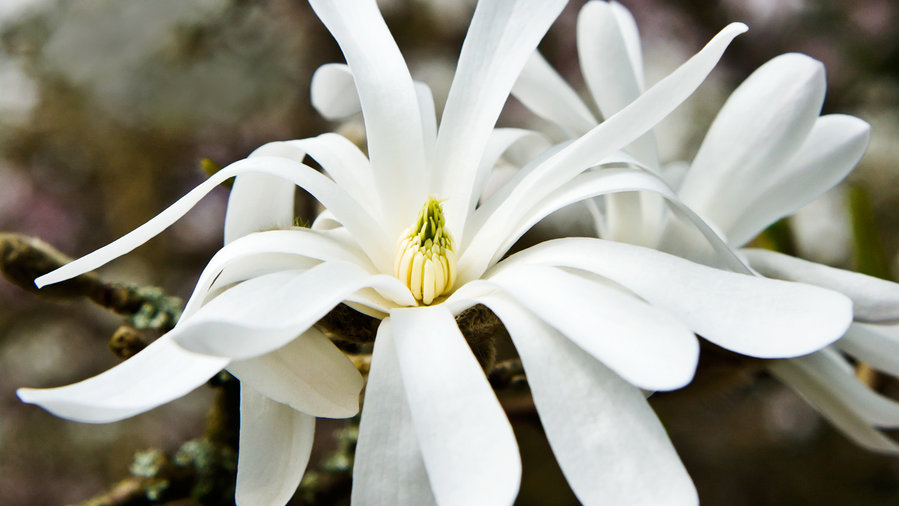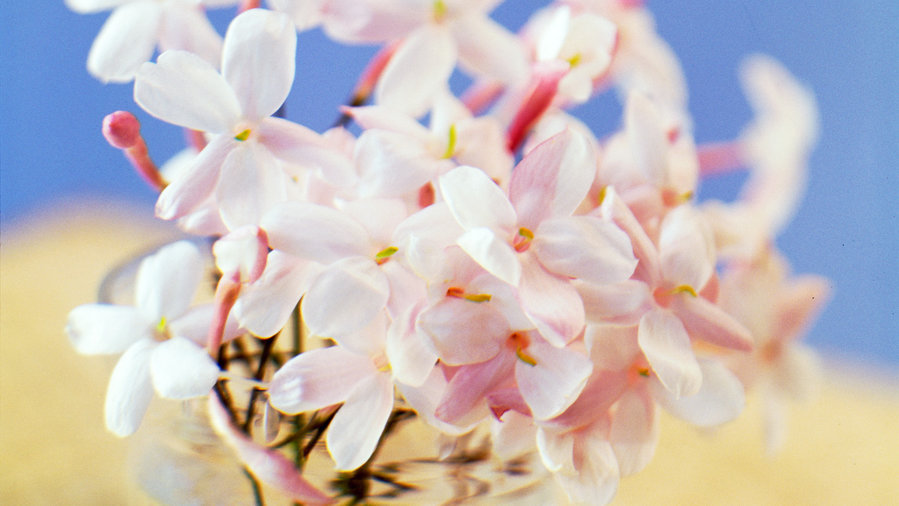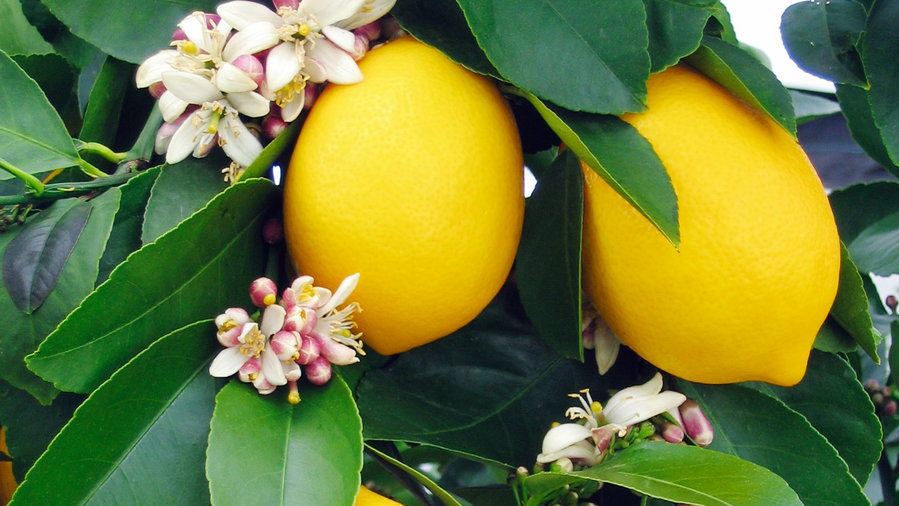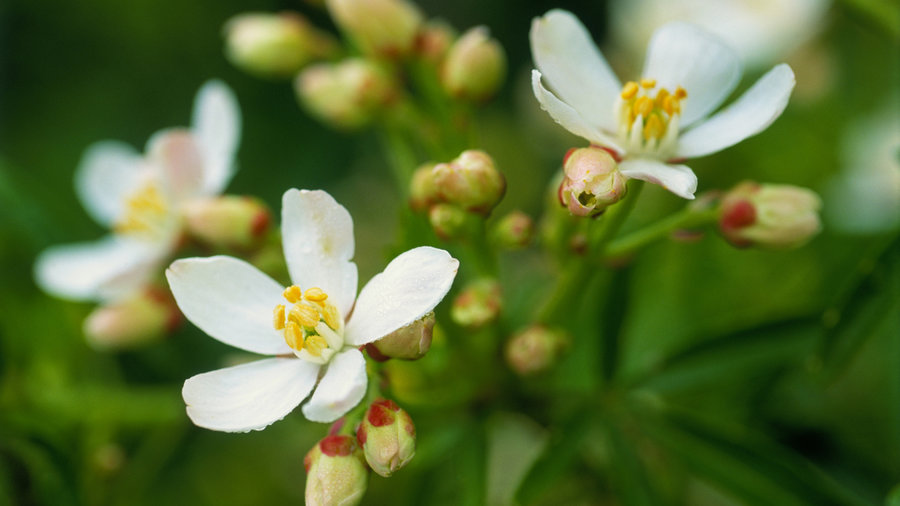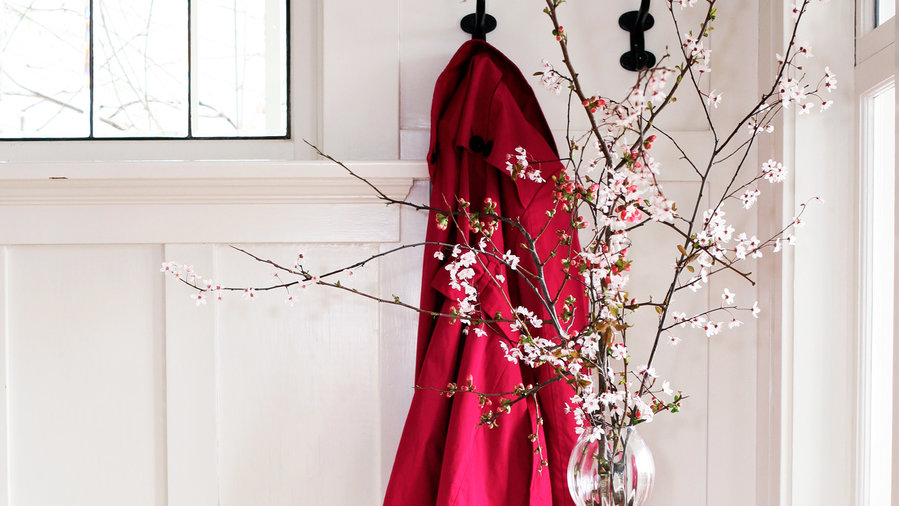Photo by Doreen L. Wynja
Lilac
(Syringa x ‘Declaration’)
Star-shaped reddish purple flowers appear in large dramatic clusters in early spring. The scent is spicy sweet—the essence of spring. The deciduous shrub reaches 6 to 8 feet tall and 5 to 6 feet wide; it takes full sun, or light shade in the hottest climates. Most lilacs bloom best in regions with winter chill (Sunset climate zones A1–A3; 1–11, 14–16). In mild winter areas (zones 18–22), try Descanso Hybrids.
Photo by NNehring / Getty Images
Lemon Verbena
(Aloysia triphylla)
In the Little House on the Prairie television series, Laura Ingalls loved her teacher Miss Beadle’s signature scent: lemon verbena perfume. A tall, lanky deciduous shrub, it has lemon-scented leaves and lilac or white flowers. Zones 9, 10, 12-21.
Photo by Doreen L. Wynja
'Scarlet Pineapple' Sage
(Salvia elegans)
This shrubby perennial reaches 4 feet tall, and has bright red flowers and foliage that smells like ripe pineapple. Hummingbirds go absolutely bonkers for the fragrant blooms. Zones 5-24.
Photo by Doreen L. Wynja
Angelwing Jasmine
(Jasminum laurifolium nitidum)
This semi-evergreen vine has glossy green leaves and pinwheel-shaped white flowers. Sunset climate zones 12, 16, 19-24, H1, H2.
Photo by Westend61 / Getty Images
Garden Heliotrope
(Heliotropium arborescens)
Though the purple varieties are more common, the white-flowered form is the most fragrant. Perennial in Zones 15-17, 23, 24, H1, H2; annual elsewhere.
Photo by Doreen L. Wynja
Roses
Many old types—including Bourbon, China, and damask—are fragrant, and more and more modern varieties, such as ‘Yves Piaget’, are too. Zones vary by species.
Photo by soniabonet / Getty Images
Lemon-Scented Geraniums
This plant doesn’t just have fragrant blooms; its leaves smell a treat, too. Look for the variety ‘Prince Rupert’ or ‘Mabel Gray.’ Perennial in Sunset climate Zones 8, 9, 12-24; grow elsewhere as annual.
Photo by Thomas J. Story
Angel's trumpet
(Brugmansia)
A woody shrub, it has pendant flowers in a range of colors. Most varieties are fragrant, but ‘Charles Grimaldi’ is the best. Zones 12, 13, 16-24, H1, H2.
Photo by Thomas J. Story
Tuberose
(Polianthes tuberosa)
This perennial has a fountain of grassy leaves and glistening white tubular flowers. Zones 7-9, 14-24, H1, H2.
Photo by Ernst Kucklich
Flowering Plum
(Prunus cerasifera)
Single white to light pink flowers open in clusters from pinkish buds before leaves appear (in March in the Northwest, earlier in warmer climes), releasing a honey scent, especially on warm, sunny days. The tree, 20 to 30 feet tall and wide, likes full sun. ‘Thundercloud’ has purplish brown leaves. Zones 3–22.
Photo by Ernst Kucklich
Star Magnolia
(Magnolia stellata ‘Royal Star’)
Pink buds open to white star-shaped flowers in early spring. The fragrant blooms have a scent that is subtly sweet with a hint of citrus. The slow-growing deciduous shrub or small tree (to 20 feet tall) blossoms in early spring before the plant leafs out. It likes sun or part shade. Zones 2b–9, 14–24.
Photo by mariusFM77 / Getty Images
Little-Leaved Linden
(Tilia cordata)
In late spring, there is nothing sweeter than the fragrant bloom of linden. Linden makes an excellent street tree, and its blossoms are wonderful in tea. Forming a dense pyramid to 60 to 70 feet or taller and 35 to 60 feet wide, little-leaf linden is densely clothed in 1 ½ to 3-inch, irregularly heart-shaped leaves that are dark green above, lighter beneath. Zones 1-17, 32-43
Photo by Thomas J. Story
Polyanthus Jasmine
(Jasminum polyanthum)
Small rose-colored flowers are white inside and grow in dense clusters in late winter to early spring. The scent is sweet and floral, like a warm Hawaiian night. A climbing vine reaching 20 feet tall, it’s sometimes grown in big pots and hanging baskets, or used as a groundcover. This jasmine takes full sun or light shade. Zones 5–9, 12–24; H1.
Photo by fourwindsgrowers.com
Citrus
Creamy white blossoms of ‘Washington’ navel orange have a rich, fruity perfume that seems to float languidly in the warm spring air. ‘Eureka’ lemon has at least some fragrant blooms nearly all year. Grow both in sun. Zones 8, 9, 12–24; H1–H2.
Photo by Linda L. Peters
Mexican Orange
(Choisya ternata)
Small, white, fragrant blooms smell like orange blossoms with a hint of gardenia. The evergreen shrub (not a true citrus) reaches 6 to 8 feet tall, and takes sun in cooler climates but part shade elsewhere. Zones 6–9, 14–24.
Photo by Janis Nicolay
How to bring the scent inside
Cutting. The best time to cut stems and branches is in the early morning or evening when the air is cool. Use sharp pruners.
• Roses: Make cuts above a set of five leaves.
• Shrubs: Cut flowers that grow in clusters, such as lilac and mock orange, before all buds have opened.
• Trees: Clip branches when buds start to fatten, making cuts just above a growth bud (take care not to disfigure your tree).
• Vines: Snip flowering stems of polyanthus jasmine, and remove the lowest leaves and blooms.
Caring. As you cut, plunge all branches or stems immediately in a bucket of lukewarm water. Before arranging woody ones (including flowering plum, lilac, and magnolia), remove the lower leaves, recut the stem ends at a slant, and make a 1- to 2-inch slit through the bottom of each stem.
Preserving. Fill a vase with lukewarm water, then add a floral preservative before inserting cuttings. Keep arrangements out of direct sunlight, and change the water and recut stem ends as needed.

